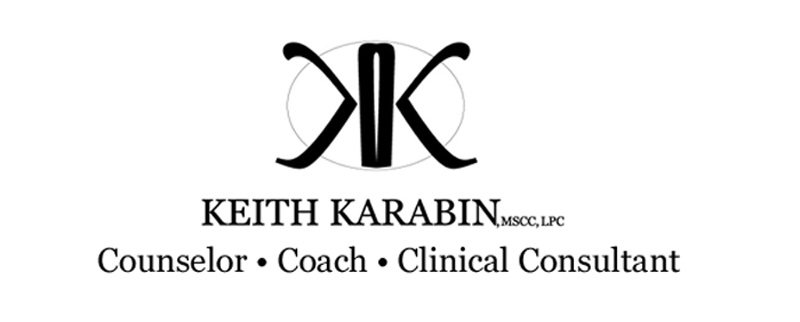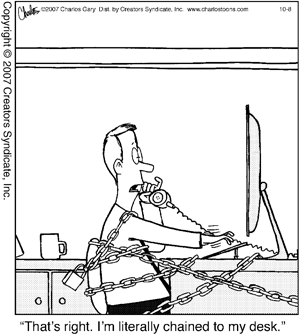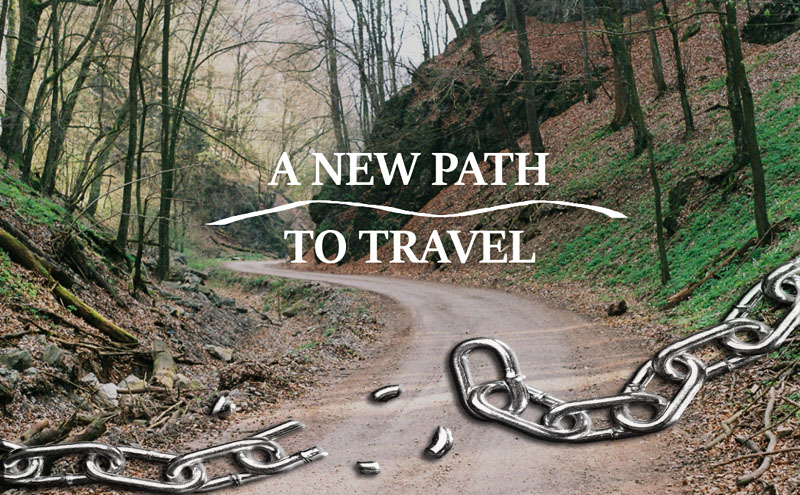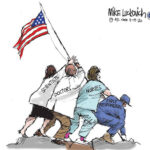3-2-1 Work!

“Many American workers are overworked, exhausted and underpaid. Defying their biological clocks with shift work. Putting in 50-plus-hour workweeks and often juggling the work of two or more people — all under the eye of sometimes capricious management…Employees also struggle to achieve work-life balance, hoping to leave work early enough to spend time with a spouse or partner, help their children with homework or take the dog for a walk. “Self-care” may consist of slumping on the couch, shades drawn, a six-pack or jumbo glass of wine at the ready, binging on Netflix. All while living paycheck to paycheck. And some experts say that it’s killing us.”
– Laurie Meyers,
Award Winning Senior Writer
Counseling Today 2018
According to many studies and anecdotal data from across the country, that was the American working world of 2018, which only ratcheted up in 2019. Jeffrey Pfeffer, a professor of organizational behavior at Stanford University, found that our daily grind was “particularly toxic in the United States, where job stress costs employers more than $300 billion annually and may cause 120,000 deaths each year” (Meyers, 2018).
And then came 2020. Which no one would have wished on America or the world.
The hardships and deaths suffered by so many should never be marginalized as we return to in-person work. Though, as we do, we owe it to those who struggled and died, and those that worked through it, to learn from that year. Harvard Business School has been doing just that. They found that “insights gained by months of adjustments to work roles, schedules, routines, and priorities, have prompted employers and employees to reconsider many default assumptions about what they do along with how and why they do it.”
Dear monthly readers here at KK.com know that I was quite jazzed over these Harvard studies. Since the first social distance shut down I have been writing about using this time to reflect both on ourselves and on our working world; to see the challenge of the pandemic as a way to clean the slate and focus on the value of our work and our workforce not just where and how long we do it. And it seems that has happened! According to the Project on Workforce with Harvard Kennedy School and Harvard Graduate School of Education “…workers have been able to reconsider the daily demands their jobs place on their lives, such as travel, commuting, or following rigid workday schedules, and whether they’re still willing to tolerate them” (Pazzanese, 2021).
Maybe they’ve been reading our articles?
I jest, but for those of us who have been reading along or are simply inspired or empowered right now to start talking about change before a full return to the office, I offer a framework, something to picture. It’s as easy as 3-2-1. Three days of in-person work, two days of virtual work and one main focus…sustainable, profitable work-life balance. The 3-2-1 Week*.
The Next Normal
“It’s the Next Normal we’re headed to, not ‘back to normal,’ and that, for a lot of companies, is going to feature changes in work practices, changes in employee expectations of their employer, and companies learning from this duress about what they can do to be more effective and efficient and attractive employers,”
– Joseph B. Fuller,
Professor of Management Practice and
Co-founder of the Managing the Future of Work project at
Harvard Business School
Many of us thought the challenges to the American working world were impossible to surmount in 2020 but, in a great majority of fields, what it took was fully utilizing a range of products and infrastructure that already existed! However, for all but a few industries, Zoom, Teams and other forms of virtual collaboration had been compartmentalized, marginalized and under-prioritized in favor of in-office 9-to-5ing, which had bloated into 8-to-6:30ing with constant phone emailing through the evening and weekend. But then, according to Harvard researchers, COVID-19 “jolted the foundation of a workplace model that had been relatively unchanged since the late 1920s” (2021).
One hundred years of “that’s what we’ve always done.” We habitualized, normalized and ritualized this life-concept until it became our master, though it was literally killing us and over-stressing families and marriages. “Making the workplace less toxic will take systemic change,” Meyers said in 2018 and that seemed impossible until there was no other choice.
Now there is a choice.
We learned from 2020. We learned that some industries like first responders, food service, manufacturing, construction, parcel delivery, some retail, education and recreation (and others) functioned more effectively in-person. We also saw that many, many office-based industries functioned just as effectively, if not better, virtually.
I’m not advocating for a full virtual work week or life. We need to be around each other as people. I’m advocating for using this return as a re-evaluation of not just how we work, but why. “Experts predict…a rethinking of the five-day work week and the way employees earn and spend vacation time,” according to HBS, “in light of what they learned during the pandemic. And organizations will likely give more attention to employees’ mental health care, getting a closer look at the daily personal pressures their staffs face” (2021). Professor Fuller also urges employers to “use their learning from this period to ask themselves questions like: What have I learned about what allows people to be productive and have a better quality of work life? And, should I be revisiting the way we do things around here based on that? What have I learned about communicating with my workforce? And what do I want to make sure we continue to do because [the] practice that we developed in this crisis is better than what we were doing?”
Now is the time to study how our companies adapted to the pandemic and to ask hard questions about what worked and most importantly, what made life better for employers, employees and their families because that is America itself.
Picture it:
Monday is virtual thus the shift from time off to working is gradual, which immediately reduces stress on the workforce and families. Clothing is likely more relaxed and so are attitudes, while maintaining productivity.
Tuesday through Thursday represent the in-office work week in which most high-need meetings and collaborative projects are scheduled, planned for or resolved.
Friday is virtual and focused on working on or finalizing tasks that are well underway from earlier in the week, summary meetings and ending the business day without a commute.
The benefits are almost too numerous to count. Guess which two days are the most called-out by employees? Monday and Friday, yep. This trend would decrease dramatically. Workplace related stress, anxiety and depression would also see reductions, if employees used their virtual days productively. Tuesday-Thursday, which have always been the more productive workdays, would be even more productive with employees who are more rested, focused and on-task, since their in-office time is shorter. Most importantly, when employees and employers set boundaries on their virtual days, Monday and Friday represent increased family time and potentially higher engagement with our recreation economy. Beyond the 3-2-1 industries, there are great benefits to transportation companies and essential personnel due to reduced people on the highways, as well as positive environmental impact. Many office-based businesses found huge savings in heat, water and electricity usage throughout the pandemic and could continue to see some reduction or potentially create a shared workspace dynamic with a company that is in-office Friday through Monday. The list goes on. The future of business always was limitless. We just fell into some bad habits which became cultural norms.
Professor Fuller “expects many knowledge-based industries” will implement challenges similar to the proposed 3-2-1 Week, now that “once less-common trends like workplace flexibility, ‘work from anywhere,’ and virtual meetings becoming more mainstream [and will] cut back significantly on travel for internal activities like training and sales meetings…” (2021).
Employers. Employees. Is this exciting or terrifying news?
I say embrace it. But, if you’re struggling, that makes sense since change, even positive change, is a challenge.
I offer two suggestions. First, meet with your administrators, your CEOs, your teams and your workforce. Begin, or hopefully continue, the dialogue of what the work week could—and should be—and how it can benefit the company, it’s people and their families.
Second, if you’re really struggling, please contact me here. I will gladly offer free twenty-minute consultations to discuss your challenges and how I can help you build a 3-2-1 Week or your company’s own custom-tailored system to promote work-life balance.
America is a land of innovators and pioneers. 2021 and beyond represents the new workplace frontier. Instead of traveling old, beaten paths, let’s forge a new one together.
*The 3-2-1 Week© is Copyright 2021 Keith Karabin and Keith Karabin Counseling Services.
Pazzanese, C. (2021) How COVID experiences will reshape the workplace. Harvard Gazette; Business and Economy. Retrieved from: https://news.harvard.edu/gazette/story/2021/02/how-covid-experiences-will-reshape-the-workplace/
Meyers, J. (2018) Could toxic workplaces be killing your clients? Counseling Today; September. Retrieved from: https://ct.counseling.org/2018/09/could-toxic-workplaces-be-killing-your-clients/



 Previous Post
Previous Post Next Post
Next Post